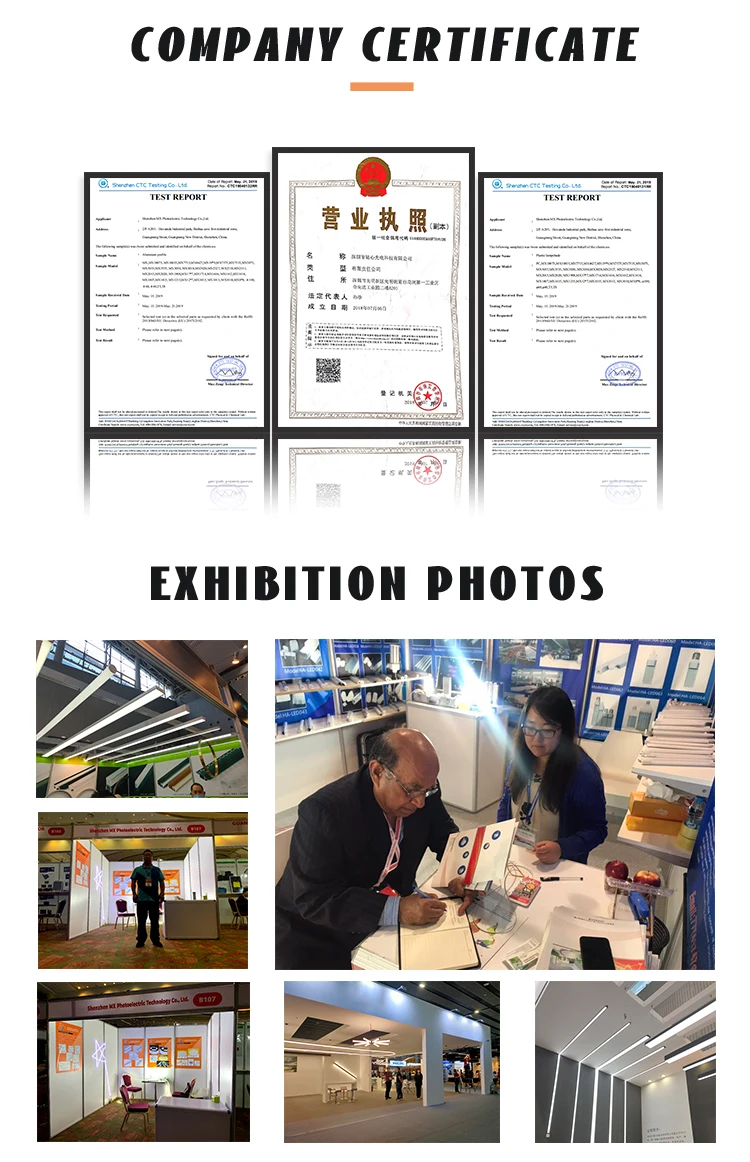Benzoic acid remains a stalwart in the realm of food preservation, providing a reliable means to enhance the longevity and safety of various products. Its effectiveness, coupled with its low cost and ease of use, makes it an attractive choice for food manufacturers. However, as with all preservatives, it is essential to use benzoic acid responsibly, considering both regulatory guidelines and potential health impacts. As consumers become increasingly health-conscious, the food industry must continue to innovate, possibly exploring natural alternatives while ensuring food safety and quality.
 Home
Home










